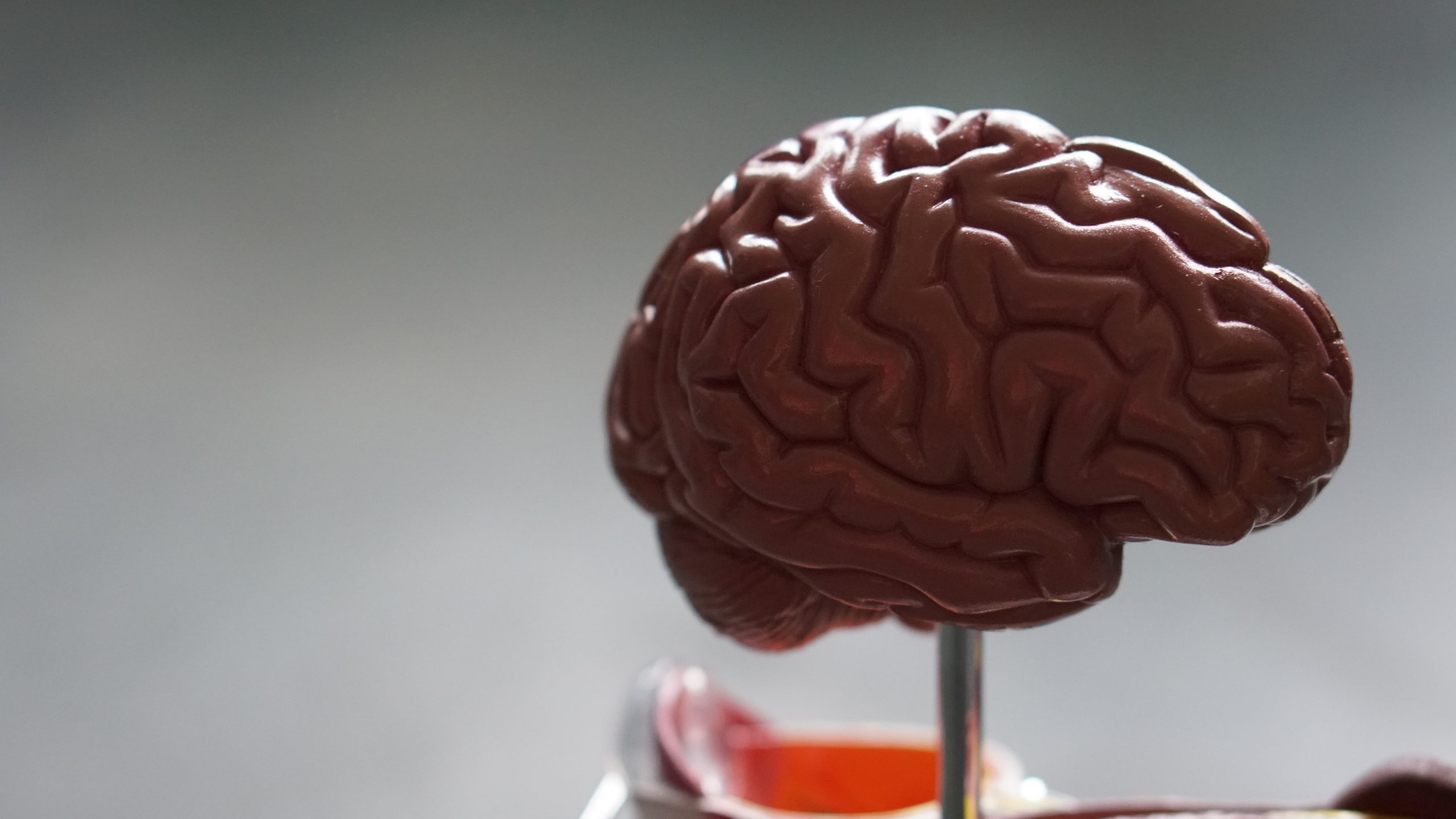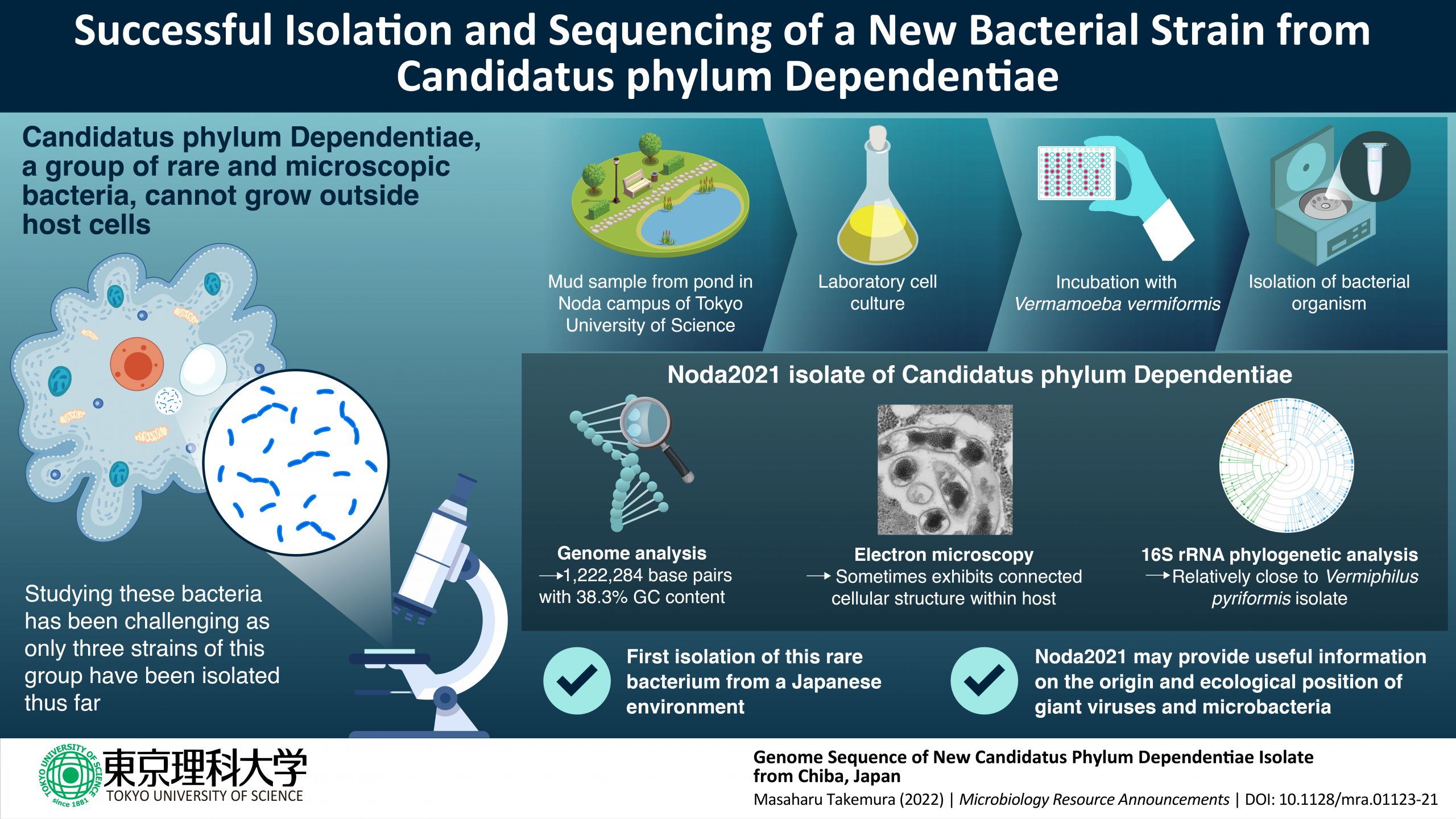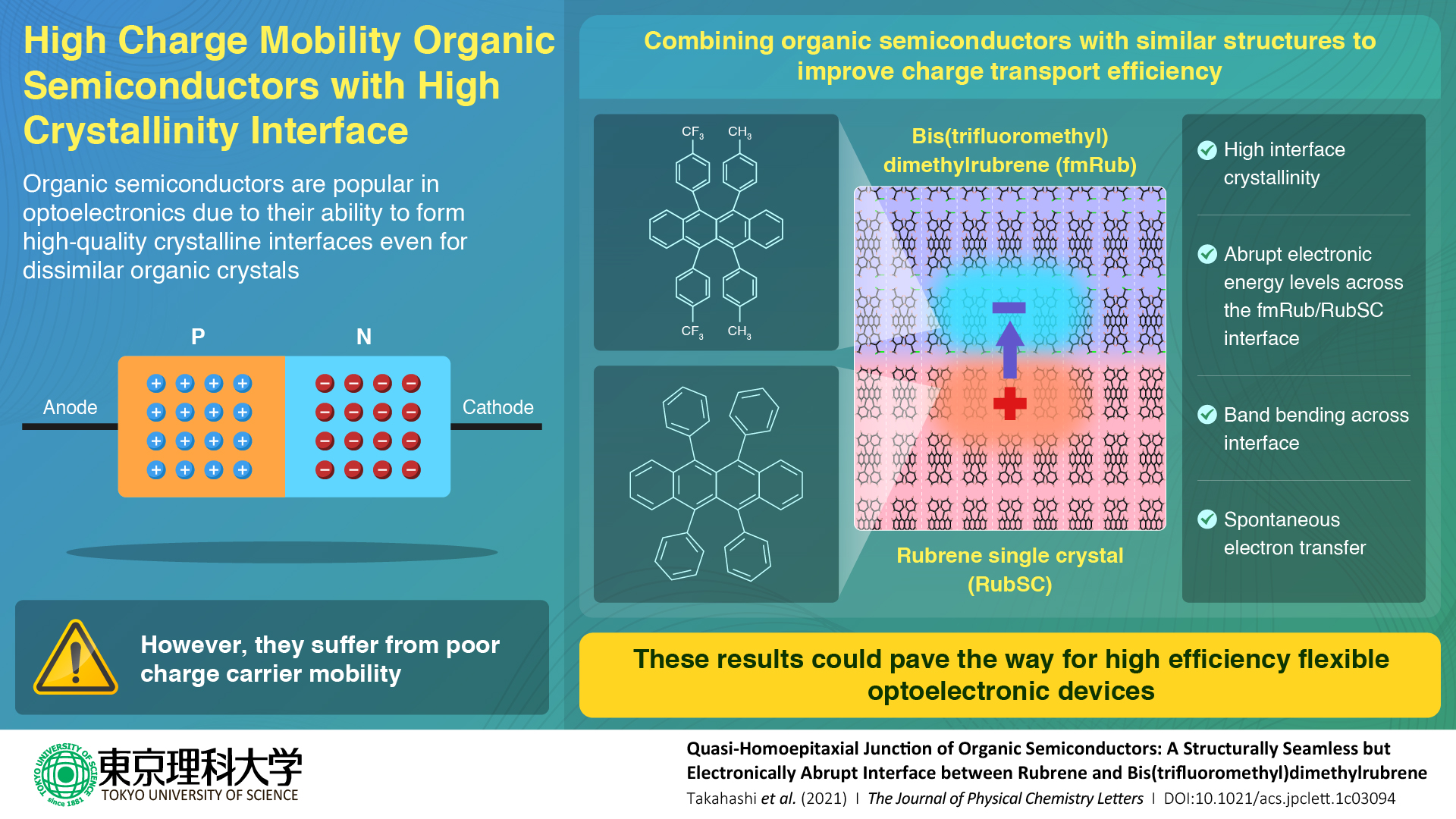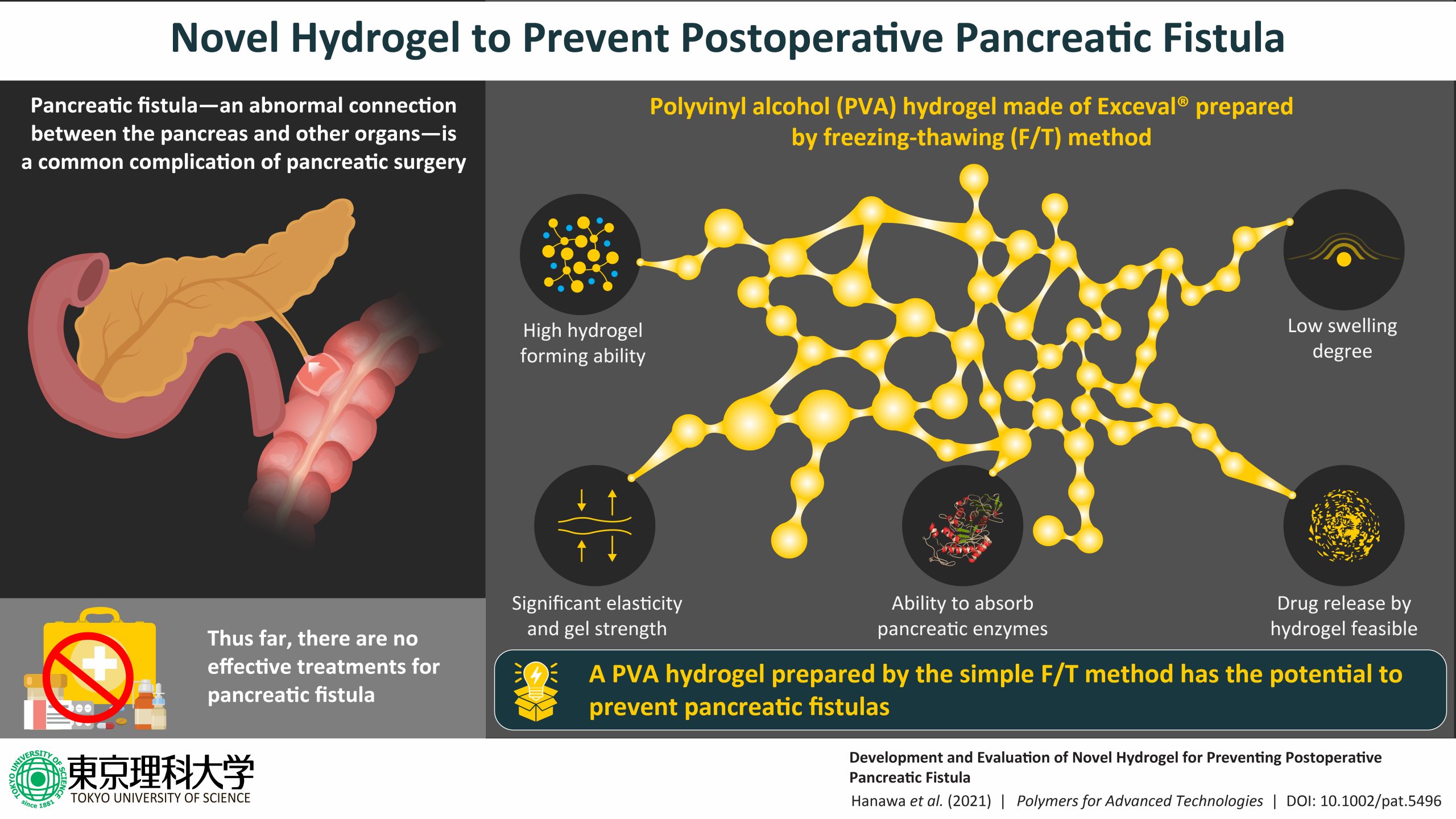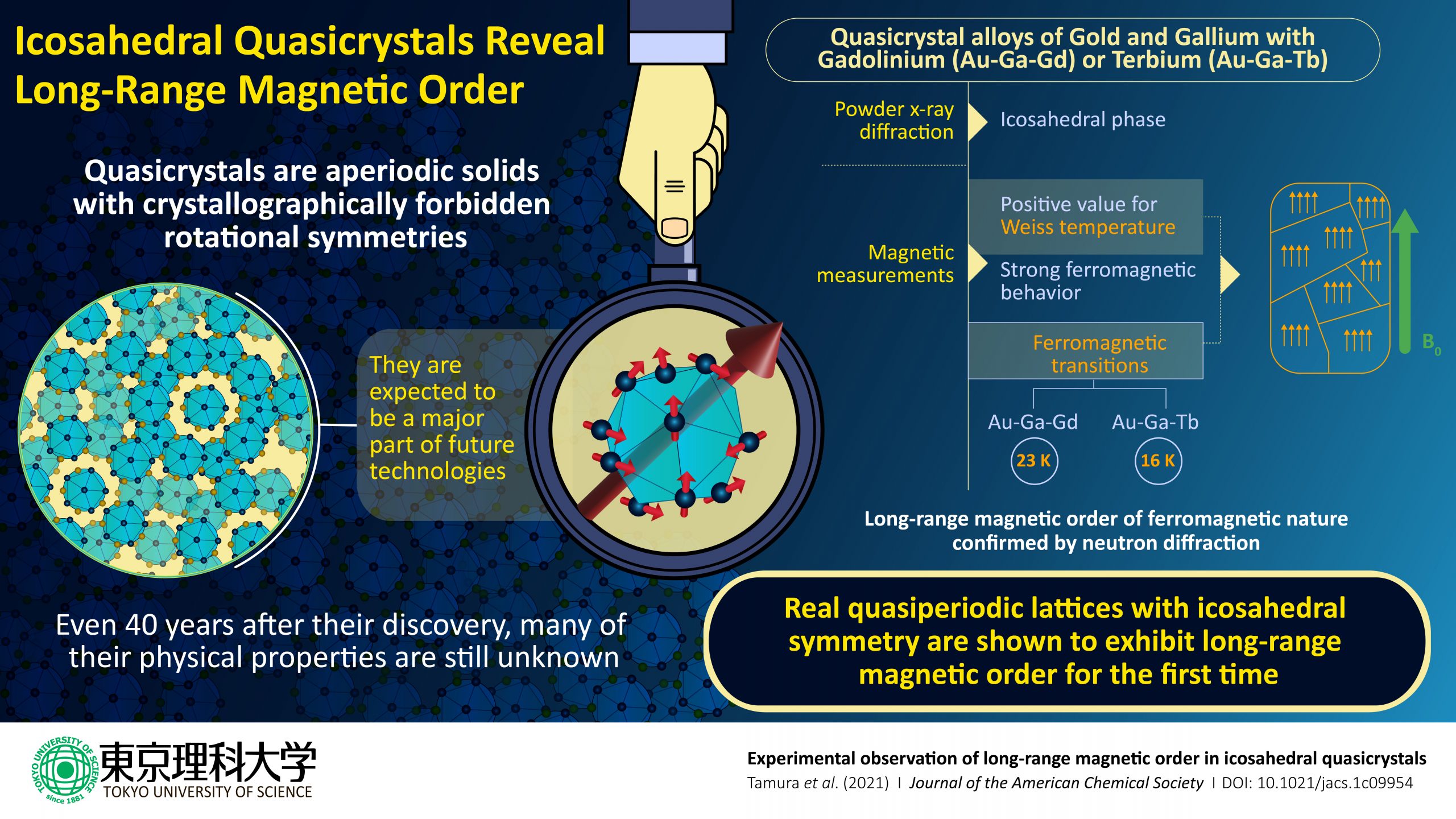A new study found that disulfiram, a drug used to treat chronic alcoholism, can safely reduce anxiety levels in rodents.
Disulfiram is a drug used to treat chronic alcoholism. However, studies suggest that it also inhibits chemokine receptor signaling pathways that are associated with the regulation of anxiety in rodents. Now, a team of researchers from the Tokyo University of Science show that disulfiram can effectively reduce anxiety without causing any of the adverse effects that are linked to other anxiolytic drugs. Thus, disulfiram could potentially become a safe and effective anti-anxiety drug.
Alcoholism, if left untreated, could have dangerous repercussions. Thus, it is no surprise that there are a range of drugs developed to treat this condition. Of these drugs, disulfiram (DSF) is approved by the Food and Drug Agency (FDA) for the treatment of alcoholism. DSF primarily inhibits the enzyme aldehyde dehydrogenase (ALDH), which is responsible for the metabolism of alcohol.
Could the inhibitory effects of DSF extend to signaling molecules as well?
According to recent studies, DSF in fact inhibits a cytoplasmic protein known as FROUNT, which controls the direction in which certain immune cells migrate. DSF blocks FROUNT from interacting with two chemokine receptors known as CCR2 and CCR5, which are involved in important cellular signaling pathways.
A few studies suggest that chemokine receptors may be involved in the regulation of emotional behaviors in rodents. However, there is a lack of data on the exact association between FROUNT-chemokine signaling and DSF. To clarify this link, a team comprising Prof. Akiyoshi Saitoh from Tokyo University of Science and other researchers from institutes across Japan conducted a study examining the pharmacological properties of DSF. The study, which was published online on March 7, 2022 in Frontiers in Pharmacology, describes how the research team used an elevated plus-maze (EPM) test—which is used to screen for anxiolytic drugs—to study the effects of DSF in mice.
The EPM apparatus consists of four arms set in a cross pattern, connected to a central square. Two arms are protected by vertical boundaries, whereas two have unprotected edges. Usually, mice with anxiety prefer to spend time in the closed arms.
In this case, some mice were administered diazepam (a drug commonly used to treat anxiety) and others, DSF. These mice were then placed in the EPM apparatus, and their activity was monitored. To their surprise, the team found that mice treated with DSF spent significantly more time in the open arms of the apparatus, which indicates that they were less anxious. The team also tested the anxiolytic effects of a more potent FROUNT inhibitor, known as DSF-41, and observed similar results.
What’s interesting is that these behavioral changes were similar to those observed in mice treated with diazepam. How exactly did DSF achieve this?
The team had previously discovered that increased extracellular glutamate (which is an important amino acid and neurotransmitter) levels are associated with increased anxiety in mice.
“We propose that DSF inhibits FROUNT protein and the chemokine signaling pathways under its influence, which may suppress presynaptic glutamatergic transmission in the brain,” says Prof. Saitoh. “This, in turn, attenuates the levels of glutamate in the brain, reducing overall anxiety.”
The team was also pleasantly surprised to find that in contrast with diazepam, DSF treatment did not lead to adverse effects such as amnesia, coordination disorders, or sedation.
According to Prof. Saitoh, “These results indicate that DSF can be used safely by elderly patients suffering from anxiety and insomnia and has the potential to become a breakthrough psychotropic drug.”
What are the long-term implications of these results? Dr. Saitoh explains, “We plan to further clarify how DSF exerts its pharmaceutical actions. Hopefully, we will also be able to elucidate the exact role of the FROUNT molecule in the central nervous system.”
This is one of the first studies to reveal that DSF exhibits anti-anxiety properties comparable to those of existing benzodiazepines without exhibiting any side effects observed with benzodiazepines. Hopefully, DSF’s inhibitory activity against FROUNT functioning could be explored for successful anxiolytic drug development.
***
Reference
Title of original paper: Disulfiram Produces Potent Anxiolytic-Like Effects Without Benzodiazepine Anxiolytics-Related Adverse Effects in Mice
Journal: Frontiers in Pharmacology
DOI: https://doi.org/10.3389/fphar.2022.826783
About The Tokyo University of Science
Tokyo University of Science (TUS) is a well-known and respected university, and the largest science-specialized private research university in Japan, with four campuses in central Tokyo and its suburbs and in Hokkaido. Established in 1881, the university has continually contributed to Japan’s development in science through inculcating the love for science in researchers, technicians, and educators.
With a mission of “Creating science and technology for the harmonious development of nature, human beings, and society”, TUS has undertaken a wide range of research from basic to applied science. TUS has embraced a multidisciplinary approach to research and undertaken intensive study in some of today’s most vital fields. TUS is a meritocracy where the best in science is recognized and nurtured. It is the only private university in Japan that has produced a Nobel Prize winner and the only private university in Asia to produce Nobel Prize winners within the natural sciences field.
Website: https://www.tus.ac.jp/en/mediarelations/
About Prof. Akiyoshi Saitoh from Tokyo University of Science
Dr. Akiyoshi Saitoh is a Professor at the Faculty of Pharmaceutical Sciences, Tokyo University of Science. He is a senior researcher with more than 20 years of experience in the fields of medicinal pharmacology, behavioral pharmacology, and neuroscience. His research also focuses on the role of the amygdala in the extinction of fear memory in rodents, and the development of a novel opioid delta receptor agonist for antidepressants/anxiolytics. Dr. Saitoh has contributed to more than 100 research publications and is the first author of this study.
Funding information
This study was partially supported by the Tsukuba Clinical Research and Development Organization (T-CReDO) from the Japan Agency for Medical Research and Development (AMED).





